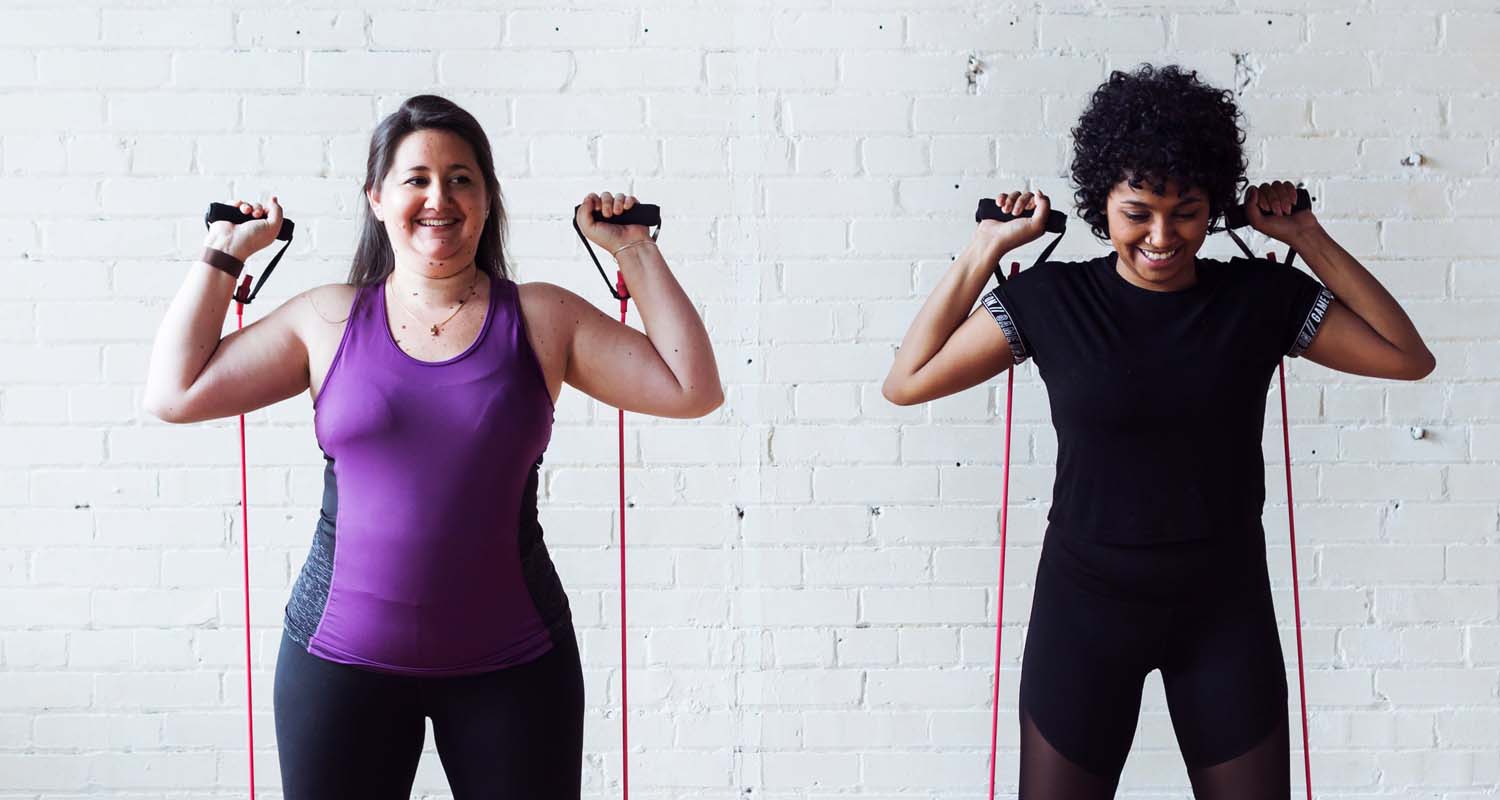Standing in the hot Miami sunshine, Dave Asprey breaks down the science behind a very Bulletproof nutrient – vitamin D – which you can get from the sun and in supplement form. Watch this video to learn what you need to know if you’re taking vitamin D supplements and why sunlight is actually your best way to get it. Here’s what you’ll also learn about vitamin D:
- Vitamin D health benefits, including radiant skin and fending off disease
- How to properly expose yourself to the sun for vitamin D benefits
- How to combine sunlight and supplementation for best vitamin D levels
- What your vitamin D levels should be
- The benefits of taking vitamin K2 with vitamin D
- Why you want to get sunshine in your eyes each day
Since most people don’t get enough vitamin D via the sun — blame desk jobs and sunscreen — supplementing with D3 will help boost energy, balance hormone levels and keep your risk of many diseases, including cancer and heart disease, low. Aim for 125mcg, or 5,000 IU, a day. Be sure not to take vitamin D without vitamin K2.
Try: Vitamins A-D-K The combination works together to support your bones, heart, and immune system.







